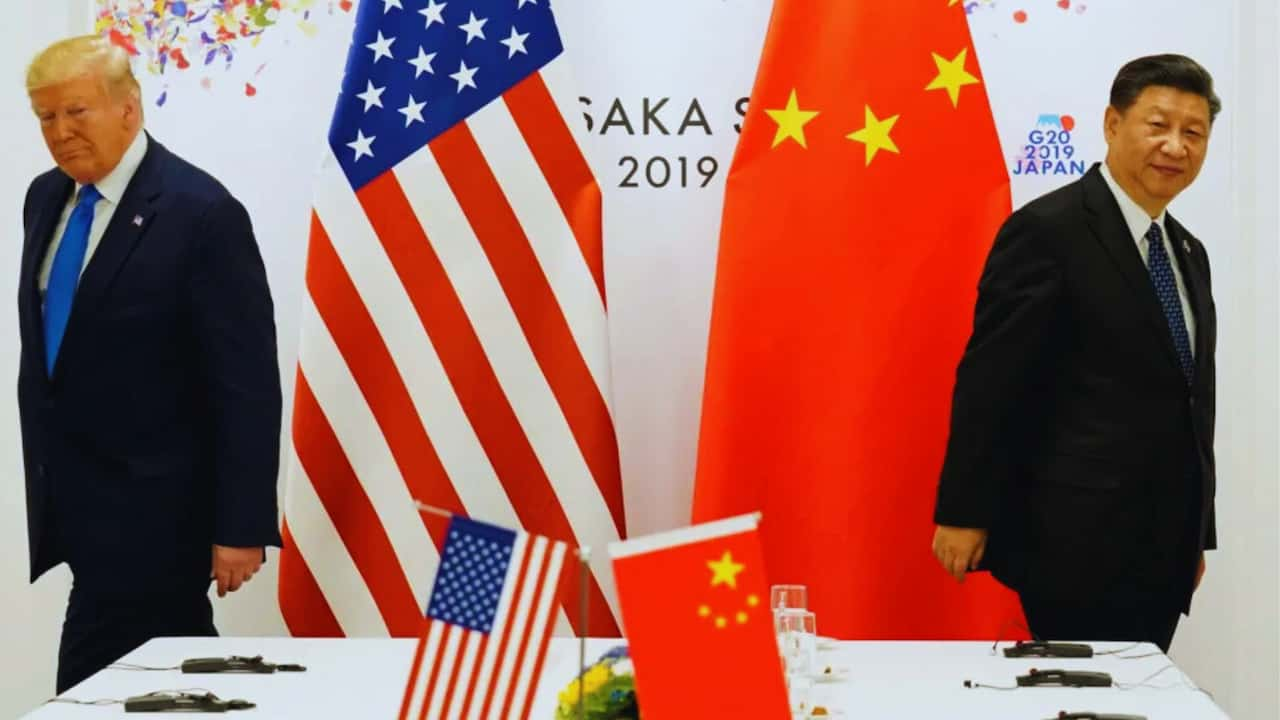Trump’s Return Reshapes China’s Economic Chess Game: A Global Power Play Unfolds
As a seasoned economic reporter watching the global stage, I’m witnessing a fascinating power play between the world’s two largest economies. Donald Trump’s return to the White House has sent shockwaves through Beijing’s economic planning rooms, forcing Xi Jinping and his team to rapidly restructure their economic strategy.
The New Economic Battlefield
China’s economy stands at a crossroads. Gone are the days of double-digit growth, replaced by a more sobering reality. The country faces multiple challenges:
- A struggling property market
- Rising youth unemployment
- Sluggish consumer spending
- Growing government debt
Meanwhile, Trump’s victory presents a clear threat, as he has promised tariffs of up to 60% on Chinese goods. This dwarfs the previous 25% tariffs from his first term, potentially affecting a staggering $500 billion worth of trade.
China’s Defense Strategy
Beijing isn’t sitting idle. Beijing, under the leadership of Xi Jinping, is implementing a multi-pronged strategy to fortify their economy against the impact of Trump.
- Technology Self-Reliance China has become a powerhouse in:
- Solar panels account for 80% of the global production.
- Electric vehicles
- Lithium-ion batteries
- Global South Partnership The country is strengthening ties with developing nations, especially in Africa. In a smart move, China has introduced zero tariffs for 33 African nations that maintain diplomatic relations with Beijing.
- Domestic Innovation Push Recent breakthroughs include developing their own 65-nanometer chip technology. While not cutting-edge, it marks significant progress toward tech independence.
Economic Reality Check
The International Monetary Fund (IMF) paints a sobering picture. They’ve lowered China’s growth forecast to:
- 4.8% for 2024 (below Beijing’s “about 5%” target)
- 4.5% for 2025
The Taiwan Factor
The Taiwan situation adds another layer of complexity. Trump’s unpredictable stance on Taiwan creates both risks and opportunities for Beijing. While he’s questioned U.S. support for Taiwan, he’s also threatened massive tariffs (150-200%) if China attempts any blockade.
Looking Ahead
As this economic drama unfolds, several key points emerge:
- China’s push toward high-tech manufacturing shows promise but faces growing resistance from Western markets.
- The European Union’s recent 45% tariff on Chinese EVs signals a broader international pushback.
- Beijing’s focus on “high-quality development” rather than rapid growth indicates a long-term strategy shift.
The Bottom Line
China’s economy faces its most significant test since opening up to the world. Domestic challenges combined with Trump’s aggressive trade stance create a formidable combination. However, Beijing’s rapid pivot toward tech independence and global South partnerships shows remarkable adaptability.
As your economic correspondent, I’ll keep watching this high-stakes game of economic chess. The moves made in the next few months could reshape global trade for years to come.
